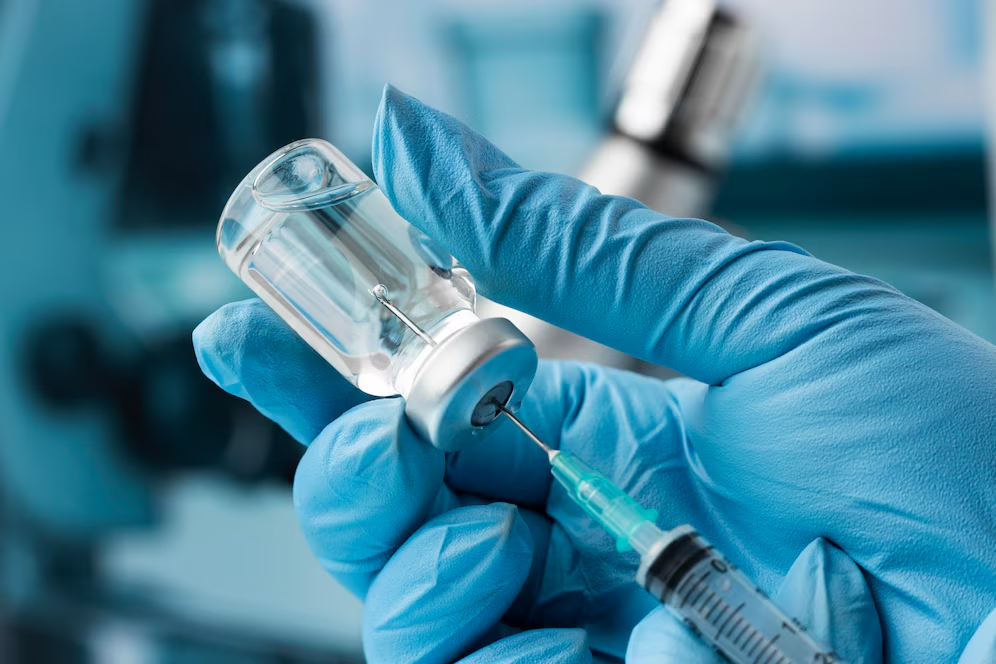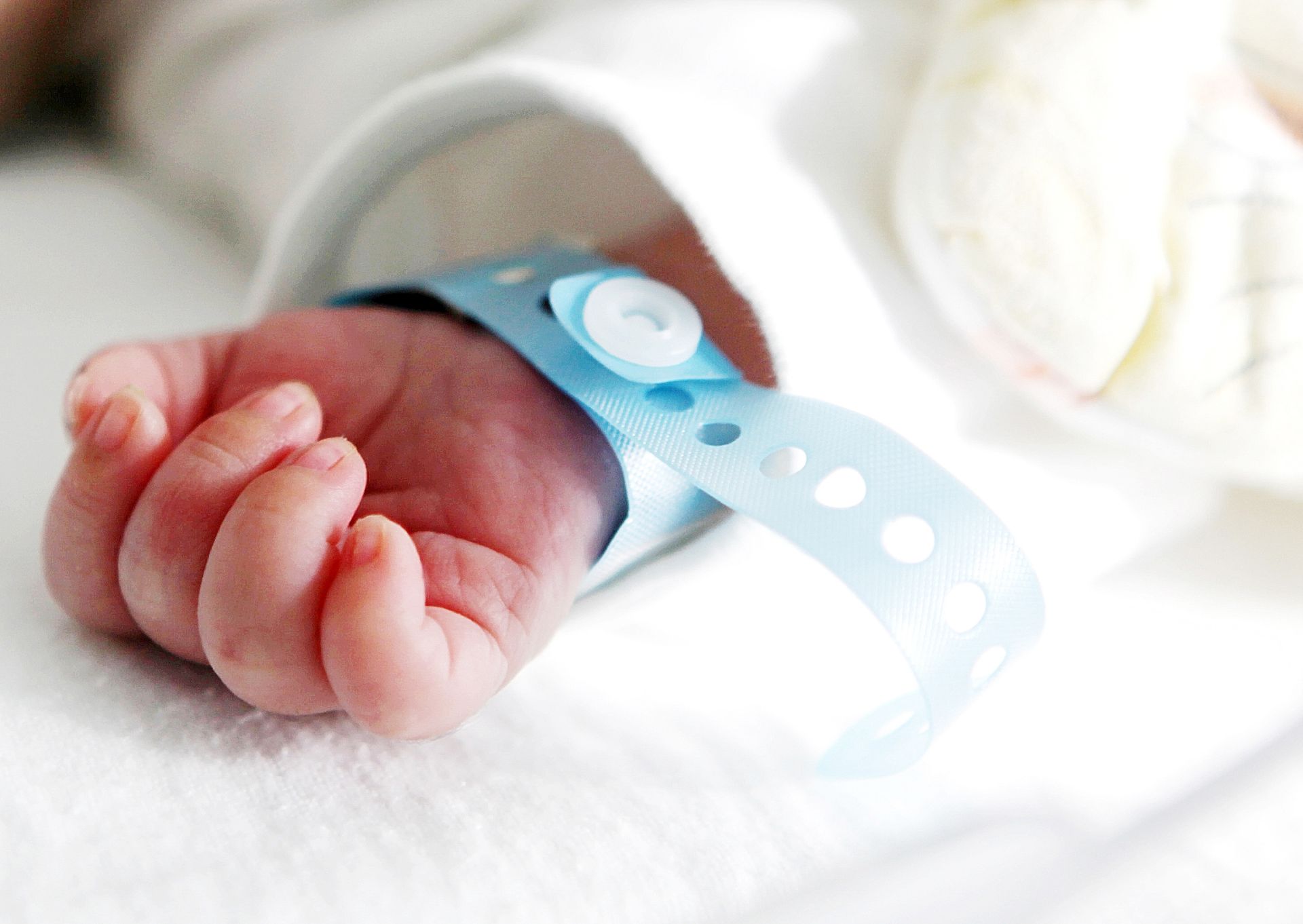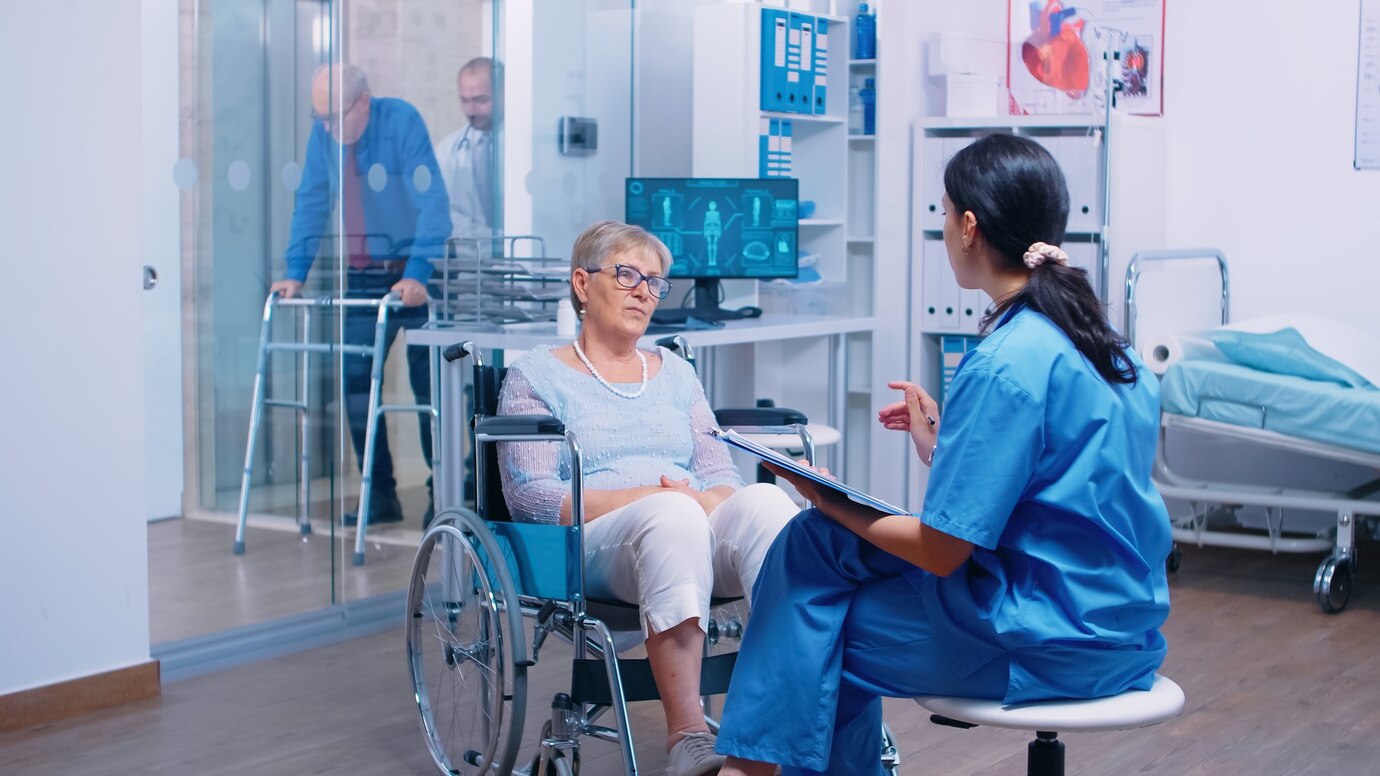
A Serious Occupational Hazard
Needlestick and sharps injury (NSI) is a serious occupational hazard and health concern. Healthcare workers (HCWs) who have frequent exposure to needles are at increased risk of NSIs. Sharps exposures can lead to serious or fatal infections with bloodborne pathogens such as hepatitis B virus, hepatitis C virus, or HIV. Proper reporting and prevention strategies are crucial in mitigating these risks.
This blog article discusses the need to establish clear procedures for reporting, documentation, and treatment of sharps injuries. It highlights the importance of capturing relevant injury data for effective NSI monitoring, analysis, and prevention strategies.
Table of Contents
Prevalent and Under-reported
Various systemic studies and meta-analysis on NSIs revealed the prevalence of sharps injuries among healthcare workers (HCWs). One study on needlestick injury among nurses worldwide found the prevalence of NSI at 40%. As expected, NSIs among nurses are more prevalent in developing countries, where many of the cases are not even reported. The study also showed the highest prevalence of NSIs occurred in the South-East Asia region at around 50%, and the lowest was in the U.S. at around 25%.
According to another study, unreported NSIs were high at around 60% globally, and the most common cause of unreported NSIs was lack of awareness. The Centers for Disease Control and Prevention (CDC) estimates that in the U.S. about half of sharps-related injuries to HCWs go unreported. The high number of unreported cases is a big concern. It also hinders efforts to address the issue effectively. These studies suggest the urgency and necessity to raise awareness, improve reporting, and enhance occupational health services and educational programs globally.
Reporting Sharps Injuries and Hazards
Healthcare organizations should establish clear procedures for reporting and documenting sharps injuries and exposure to blood and body fluids. Typically, this is part of the organization’s incident management system. It is also useful to include hazards and near misses in the reporting process.
Hazard and near miss reporting is a proactive way to intervene to prevent injuries before incidents happen. It helps to identify hazards and unsafe conditions (e.g. improperly discarded sharps) in the workplace. A clear process for reporting hazards and near misses can encourage reporting and help to identify areas for improvement.
Having quality data on reported sharps injuries and injury hazards is important for prevention planning. To gather this information, HCWs should understand reporting procedures, what and how to report. They should also feel motivated to report exposures and be open about such incidences.
The reporting process should be simple and effective. A good system should enable you to gather all relevant information and maintain injury reports at the central repository for record-keeping, easy retrieval, and follow-up.
Injury Reporting Protocols
Studies have shown that the majority of NSIs occur when:
- Recapping needles
- Improper disposal of sharps/needles
- Not using safety-engineered sharps or using them incorrectly
- Transferring of body fluid between containers
- Handling sharp bin and dirty linens
Every healthcare organization should have a written protocol that describes where and how employees should seek medical evaluation and treatment after exposure to blood or body fluids. The protocols should include procedures for prompt reporting when NSIs occur.
The affected employee should immediately report the incident to her supervisor and seek treatment, should there be any exposure. If the affected employee is in stable condition (no serious injury), she shall proceed to raise an incident report and submit it to the Quality Department. Typically, the Quality team will immediately share it with the Infection Control team or Occupational Health and Safety (OSH) team. Else, the supervisor can raise the incident on behalf of the staff and inform the Infection Control or OSH team.
NSI cases are normally managed by the Infection Control /OSH team. It is important that all staff responsible for treating bloodborne pathogen exposures have been trained and know which baseline tests to conduct, whom to contact to follow-up with the source patient and where records are maintained.
Since confidentiality of both the source patient’s blood test results and the employee sustaining the injury are important to uphold, it is critical to abide by data confidentiality regulations. There are also regulatory requirements in certain jurisdictions for employers to report workplace injuries including needlestick injuries, and to keep records on employees suffering contaminated sharps.
Incident Report Form
As a good practice, you should have separate incident forms for each incident type. This will enable specific information pertaining to the incident type to be collected.
Sharps injury forms can help you collect detailed information. This information can serve several purposes:
- Monitoring sharps injury incidents, analysis, and prevention planning,
- Guiding the infection control and medical exposure team, and
- Providing documentation that meets regulatory requirements.
The minimal data elements in sharps injury forms should include the following:
- Unique identification number for the incident.
- Date and time of the injury.
- Occupation of the employee.
- Department or location where the exposure incident occurred.
- Type of device involved in the injury.
- Presence of any engineered sharps injury prevention feature on the device.
- Purpose for which the sharp devices was being used; and
- When and how the injury occurred.
Regulatory requirements also dictate what information must be collected, such as the brand and manufacturer of the device involved. Incident reports that involve these devices may be required to include adequate information on these devices to ascertain whether the injury was due to:
- Design flaw,
- Manufacturing defect,
- Device failure,
- Operator error (e.g. failure to activate the safety feature), or
- Other circumstances (e.g. movement of the patient that precluded use of the safety feature)
What To Do When a Needlestick Injury Occurs?
The following are key steps to take when you experience a needlestick injury:
- Do not panic!
- Immediately wash the affected part with soap and water, rinse it thoroughly. You may squeeze or allow it to bleed freely under the tap water. Do not apply pressure!
- Seek medical attention promptly to assess the risk of developing an infection. Get treated according to the protocol. Follow the directions for any necessary blood tests, vaccinations, or medications to prevent infections.
- Inform the Supervisor & Quality/Infection Control team immediately. Do not wait until the end of the procedure or working shift.
- Identify the patient involved (if contaminated sharps) so that the patient can be evaluated for infection risk.
6. Document incident details in the forms. Raise an Incident Report!
Preventing Needlestick Injuries
Needlestick injuries can be avoided by eliminating the unnecessary use of needles, using devices with safety features, and promoting education and safe work practices for handling needles and related systems.
As a healthcare professional, you can protect yourself from a needlestick injury by:
- Avoiding the use of needles where safe and effective alternatives are available.
- Helping your organization select and evaluate devices with safety features that reduce the risk of needlestick injury.
- Using devices with safety features provided by your organization.
- Avoiding recapping needles.
- Planning for safe handling and disposal of needles before using them.
- Promptly disposing of used needles in appropriate sharps disposal containers.
- Reporting all NSIs promptly to ensure that you receive appropriate follow-up care.
- Telling your Quality Management team about any needlestick hazards you observe and promptly reporting any near misses.
- Participating in training related to infection prevention.
- Getting a hepatitis B vaccination
Source: Adopted from Centers for Disease Control and Prevention
Key Takeaways
- Timely reporting, robust prevention and on-going education are essential NSI prevention strategies.
- Establishing clear reporting, documentation, and treatment procedures can ensure timely reporting and immediate medical intervention to mitigate infection risks.
- Robust prevention strategies combining engineering controls and individual precautions on safe handling, disposal and use of safety devices will significantly reduce NSIs.
- Lastly, regular education and training programs on safe work practices and fostering a safety culture are effective NSI prevention strategies.
Free Download: QUASR Sharps and Needlestick Injury Incident Reporting Form
Download the QUASR Needlestick Injury Incident Reporting Form today and empower your organization to mitigate risks, protect staff, and uphold a culture of safety and accountability.






